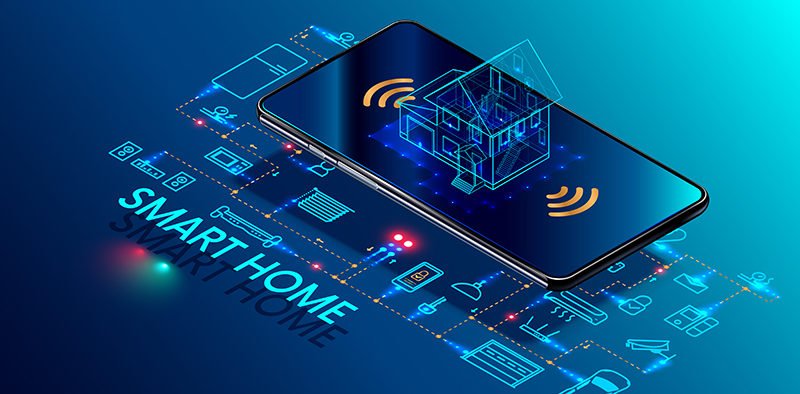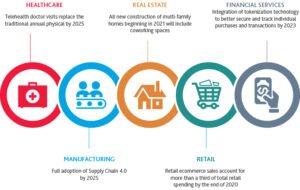

The COVID-19 pandemic turned the world upside down in a few short weeks. In such an uncertain climate, homebuilders face complex questions about how to proceed.
My own company was initially impacted by global manufacturing delays. While China is largely back online and our supply chain is fully restored, we have reached a second cycle of impact in the United States with homebuilders, who represent a significant portion of our business.
Smart home technology has become an integral part of new home builds, and we are working closely with hundreds of partners to help make decisions that will dictate the course of their business for months and years to come. We are seeing many changes in the U.S. homebuilding industry, including:
Safety and Changes in the Workforce
New safety information and social distancing protocols are changing daily. Our builders are experiencing delays from several sources. In some cases, subcontractors or employees are not reliably showing up at job sites, and in others, it’s more of an issue with permits and inspections.
California announced that most residential construction is no longer considered “essential” and is therefore not exempt from shelter-in-place orders. Other jurisdictions may follow suit. In those that remain, we may see wage increases because many people feel they are at risk by being outside and at work.
Builders need to be mindful not to schedule contractors on top of each other, provide more personal protective gear and update their sanitization practices. Projects will take longer to complete.
Investments in Technology
Builders, realtors and buyers alike appreciate the value of pre-installed smart home solutions — especially millennials, who represent the largest share of the homebuying market and are looking for fully equipped, tech-forward homes. As people are spending more time at home, they are learning some of the shortcomings of having piecemeal smart home appliances and features.
Some homeowners are seeing the need for integrated smart home technology that improves the user experience and functionality of all of their products. Particularly in larger homes, protracted time spent at home with the family has underscored the value of communications capabilities, such as video intercom. Smart homes are becoming the standard.
Trends in Home Design
We anticipate that contractors, developers and engineers will reconsider how people live and work in their homes for the long-term. Working from home is likely to remain more prevalent in the wake of COVID-19, and builders will need to consider this in their designs.
Home offices will be a higher priority, as well as the technology that better supports this lifestyle shift. Things like motion sensing for occupancy-based lighting, video intercom, and being able to view and answer who is at the door from the home office are easy ways to improve the work-from-home experience.
Remote Home Showings
We expect to see virtual tours playing an increasingly critical role in home showings. Builders large and small must consider how to use technology to help sell their properties. Another trend is the “reverse virtual tour,” in which the prospective homebuyer comes to the home, but there is no on-site agent, and the prospect is guided through the home by a remote agent. This capability is facilitated by video conferencing devices and services.
The pandemic helps highlight the capabilities of smart home technology. The ability for homeowners and property managers to remotely control various home functions via smart technology, such as unlocking the door, climate and lighting, is essential, and video communications are also helpful in providing a guided experience.
In short, change is always present, and COVID-19 is accelerating the rate of change throughout our lives, with both immediate and lasting impact to the construction industry.
Aaron Emigh is the co-founder and CEO of Brilliant, a smart home control company.






